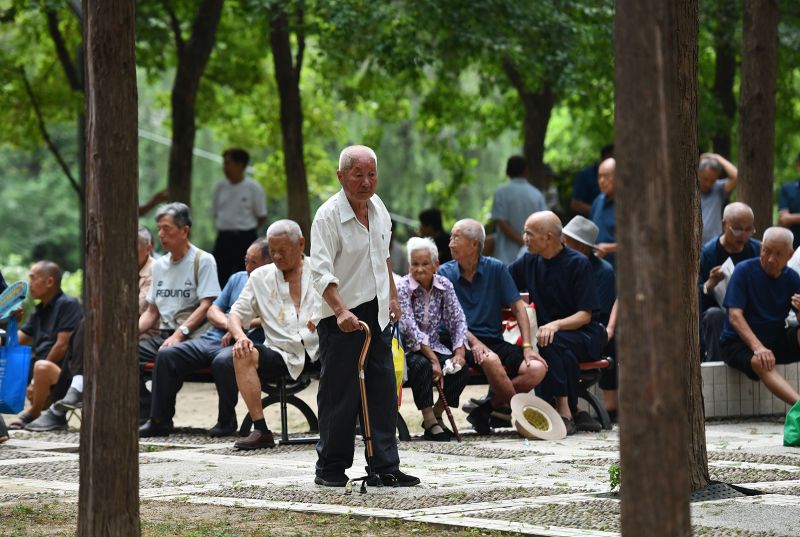Changes in Retirement Ages and Their Implications for Chinese Workers
For many decades, the People’s Republic of China has maintained a relatively early retirement age. It is 60 years for men, 55 for female white-collar workers, and 50 for female blue-collar employees. However, recent reports suggest that China is planning to gradually postpone the retirement age, a decision which is expected to usher in a new era of labor dynamics.
The decision to increase the retirement age is not an impulsive choice but alienates from a series of factors, key among them – demographic trends. China is currently grappling with the challenge of an aging population with more significant speed than most countries globally, a consequence of its one-child policy. This has led to a shrinking labor force that cannot sustain the growing number of retirees dependent on pensions.
That said, increasing the retirement age seems to be the most rational solution. It can significantly reduce pension costs, improve labor productivity, and keep the social security fund from collapsing. By utilizing the workforce’s knowledge and experience as long as possible, China stands to benefit by tapping into the high quality and capable workforce, thereby improving productivity and economic development.
This change in policy also signifies a shift in societal perceptions of retirement. Retirement no longer implies a lifetime of leisure – it has become an opportunity for individuals to undertake different vocations and continue contributing to the economy.
However, the intended reforms are also not without challenges. They can potentially exacerbate existing issues such as youth unemployment and job discrimination against older workers. Critics argue that increasing the retirement age will make it harder for young people to find jobs as the older population continue to work for longer.
Moreover, companies might hesitate to retain older workers due to potentially higher costs associated with them, including health related costs. Therefore, a careful balance needs to be sought in order to make this transition smooth and without significant negative repercussions for both the older and younger members of the workforce.
There are also concerns about the physical and mental well-being of Chinese workers. With long working years and high-pressure environments being common in China, there is a fear that extending the working age could contribute to burnout and increased stress levels. Therefore, support measures should be in place to ensure that workers do not risk their health for extended productivity.
In conclusion, China’s move to increase the retirement age represents inevitable and necessary progress in response to demographic and economic realities. Accompanied by appropriate policies to handle potential challenges, this new direction could help in creating a more sustainable future for the world’s largest population. The Chinese workers, both young and old, along with the broader society, will need to adapt to these changing norms in retirement and the dynamics of the workplace.
Ultimately, the success of this transformation will depend on China’s ability to manage and implement this change effectively. It entails a delicate balance of maintaining economic progress, fair labor practices, and societal well-being.




